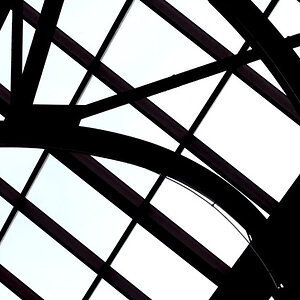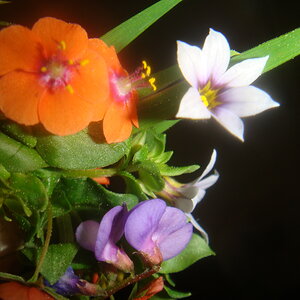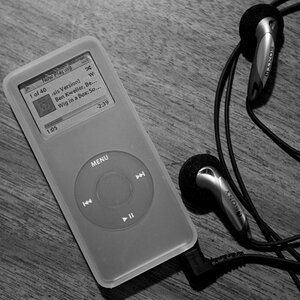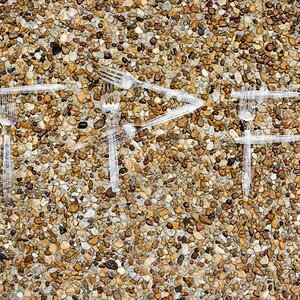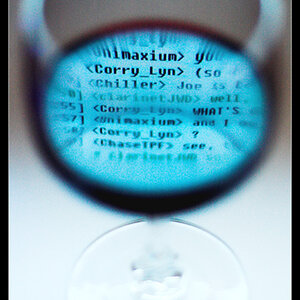Arch
Damn You!
- Joined
- Jan 21, 2006
- Messages
- 8,487
- Reaction score
- 103
- Location
- locked in the attic
- Can others edit my Photos
- Photos NOT OK to edit
I sometimes use lab, but admit its something i should continue to use more often.
Its funny how people (and im guilty of this myself) think at some point that they have reached a pinnacle in Photoshop.... that you couldn't know much more....
After using PS for so many years tho, the phrase id often say to my fellow PS users in the industry is 'the more you think you know, the more you realise you have to learn'.
Its funny how people (and im guilty of this myself) think at some point that they have reached a pinnacle in Photoshop.... that you couldn't know much more....
After using PS for so many years tho, the phrase id often say to my fellow PS users in the industry is 'the more you think you know, the more you realise you have to learn'.




